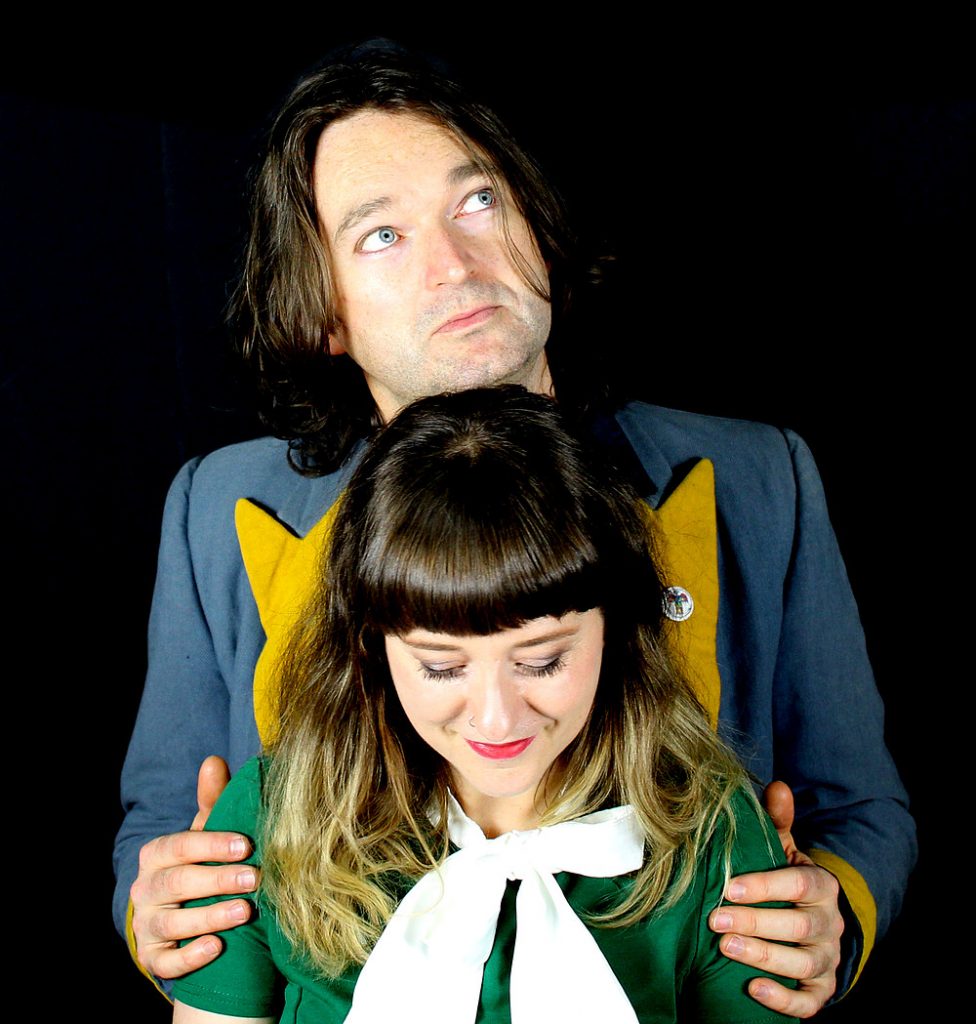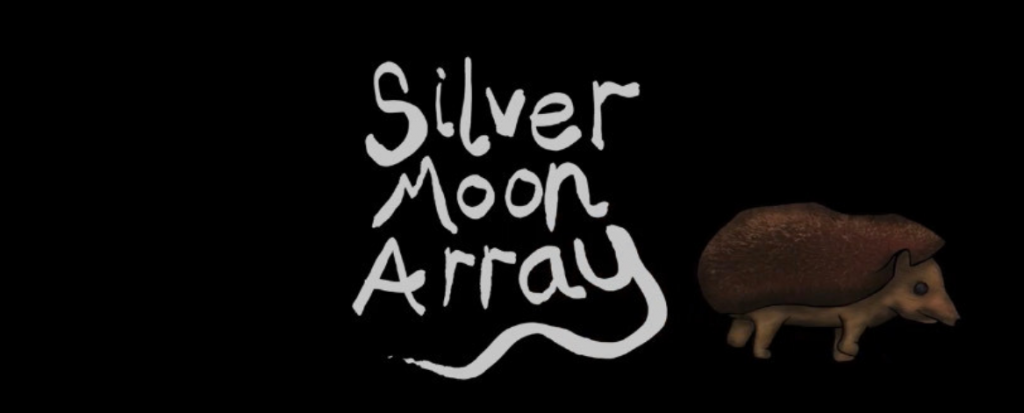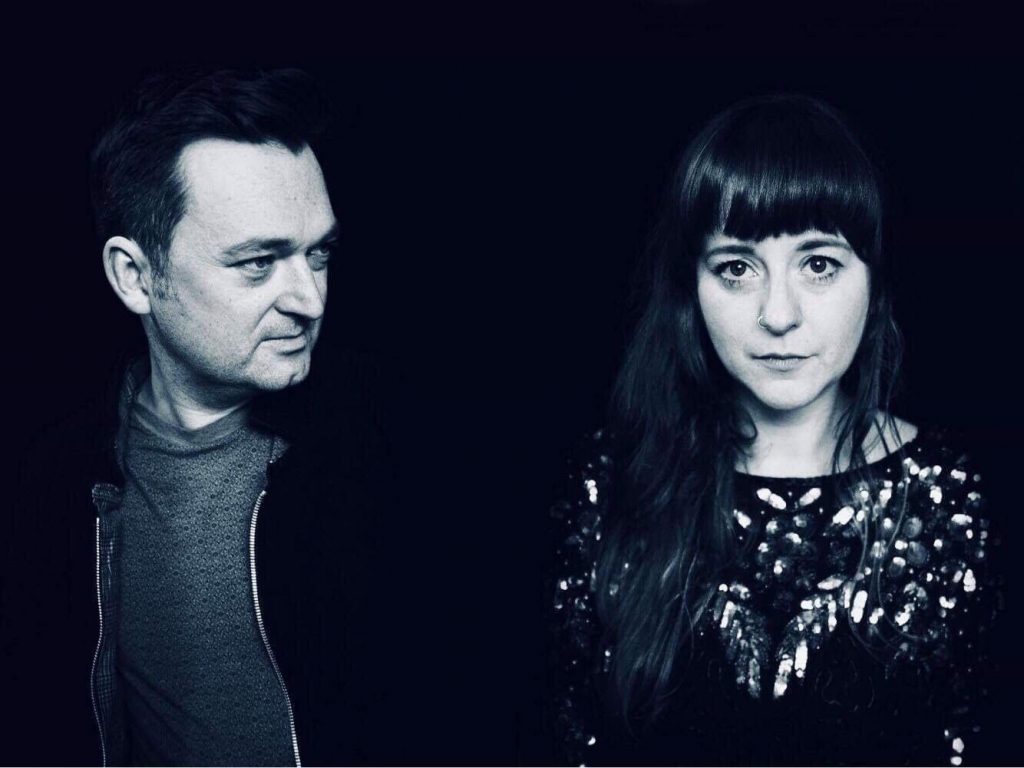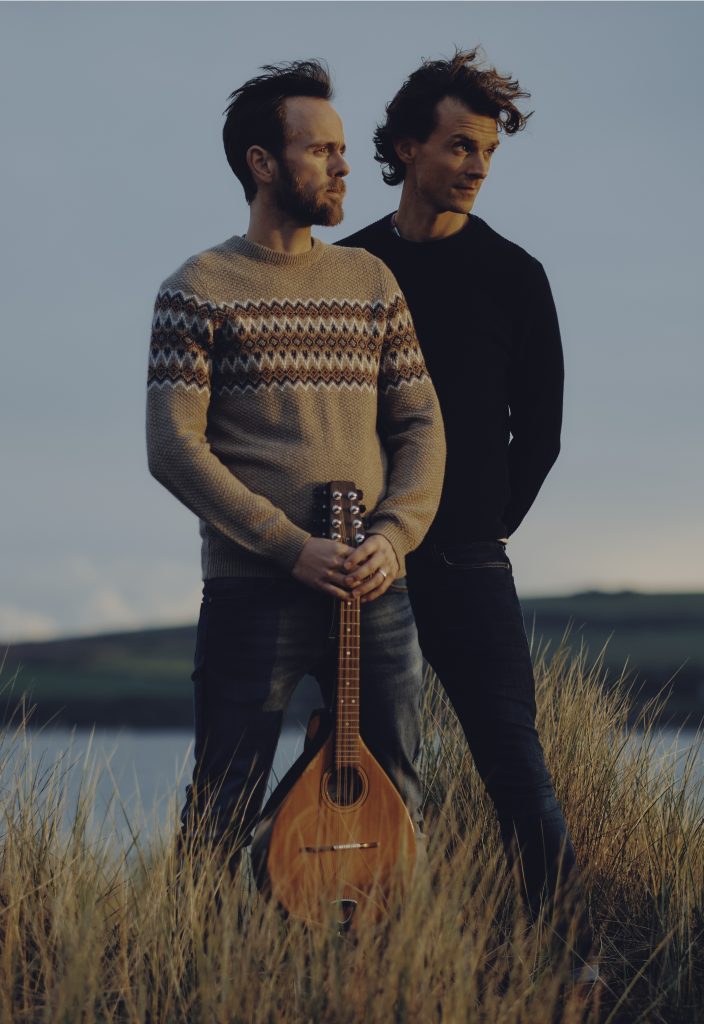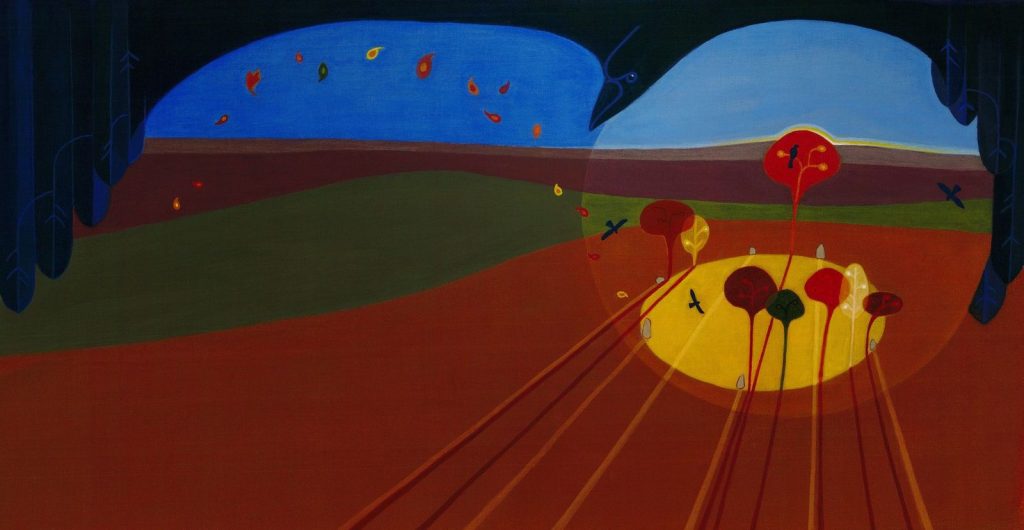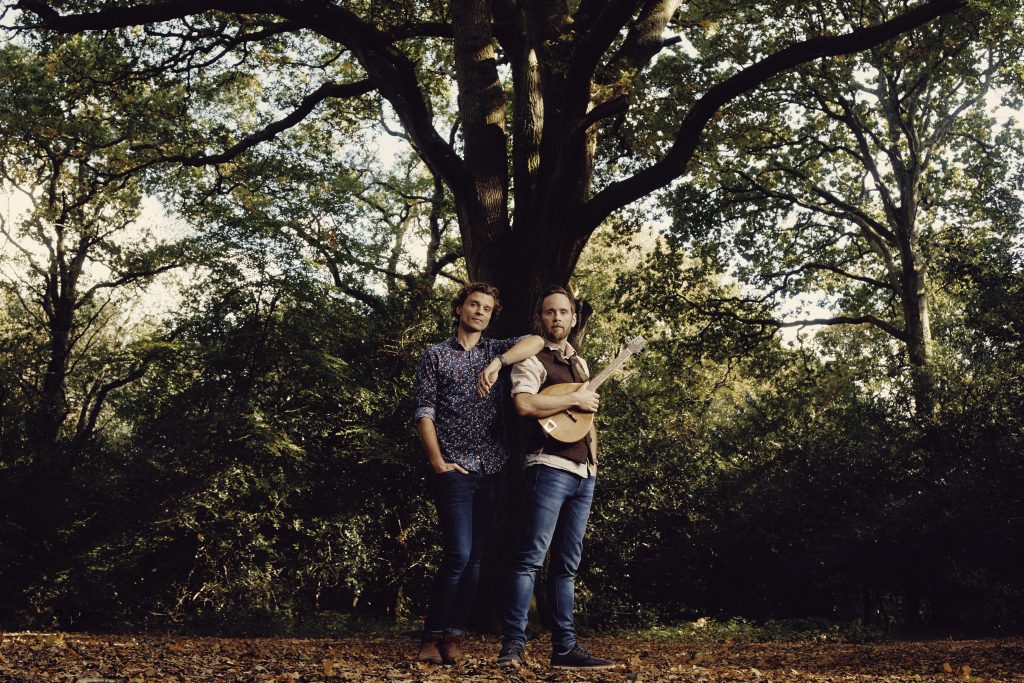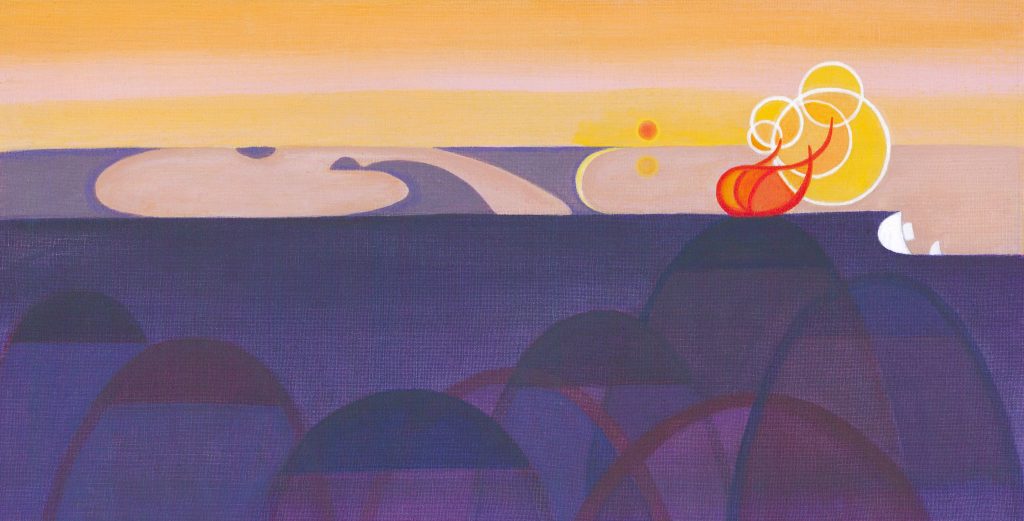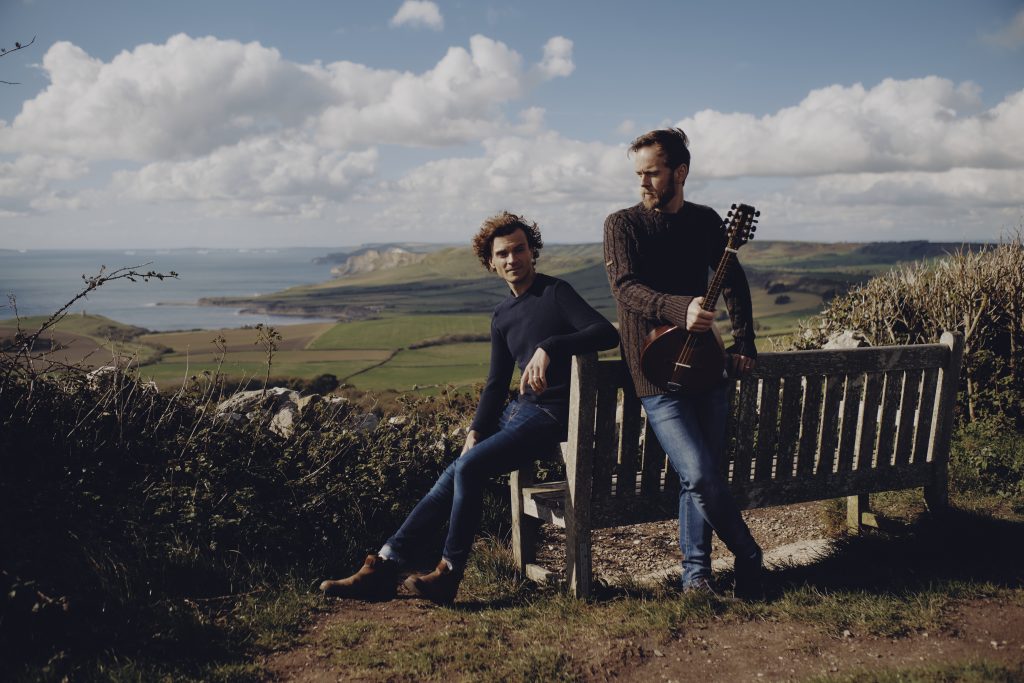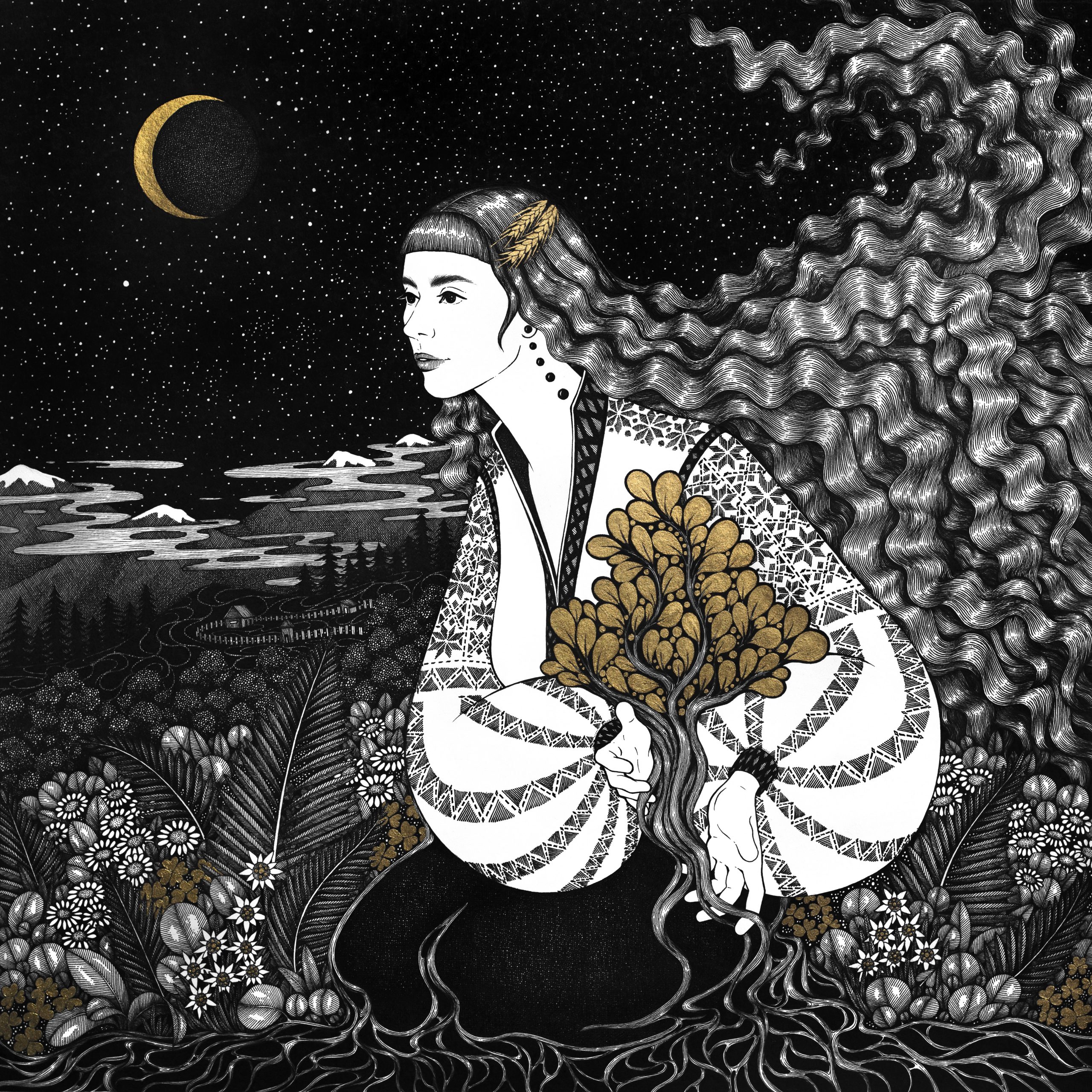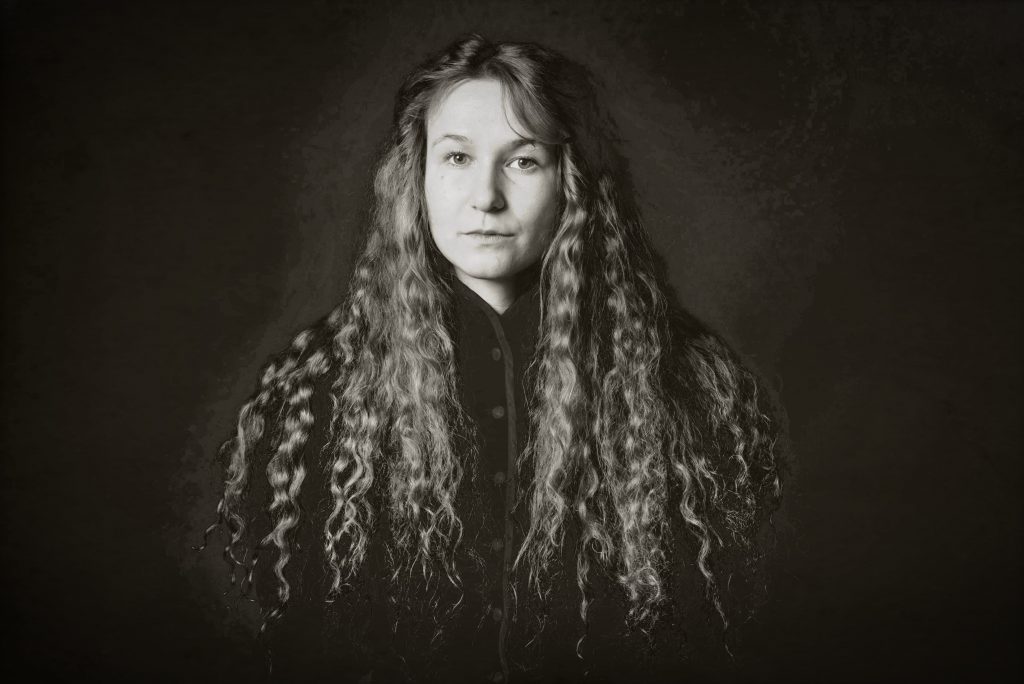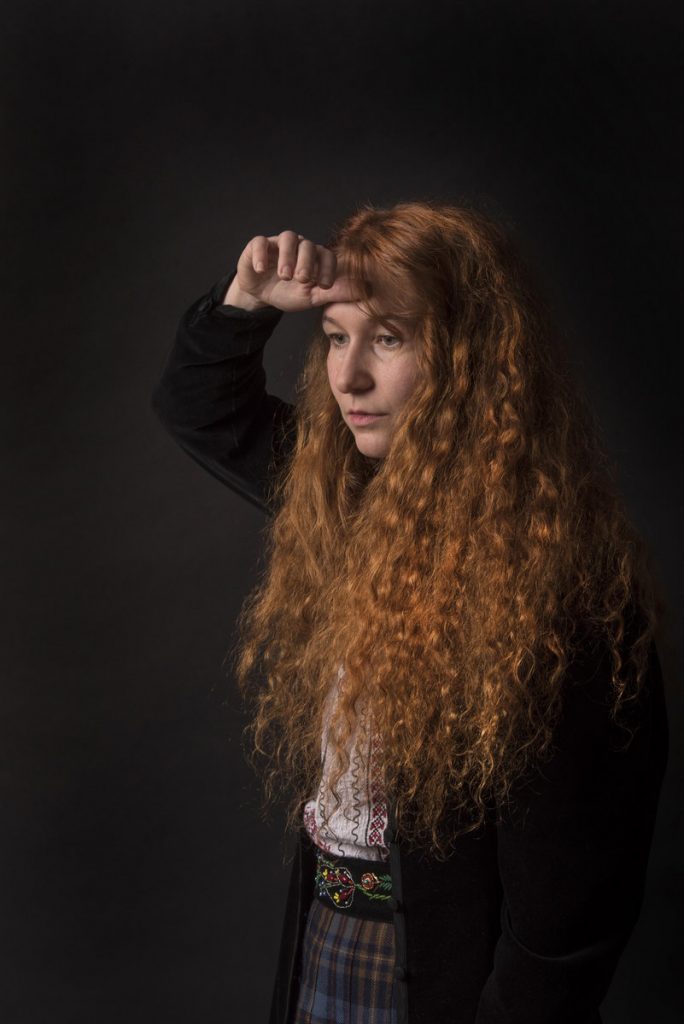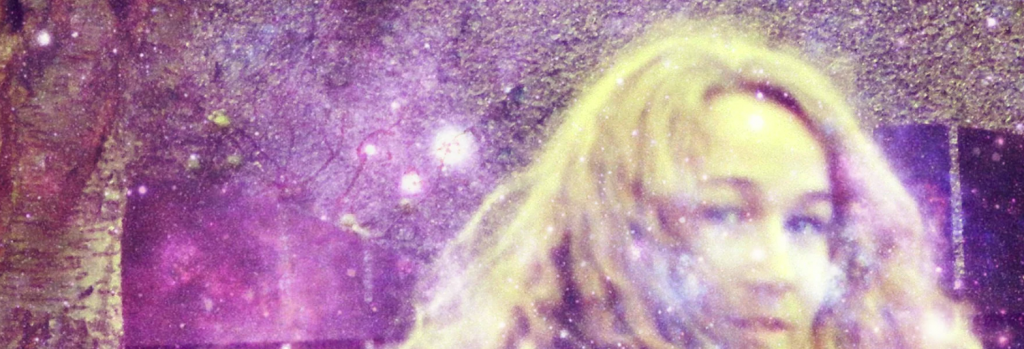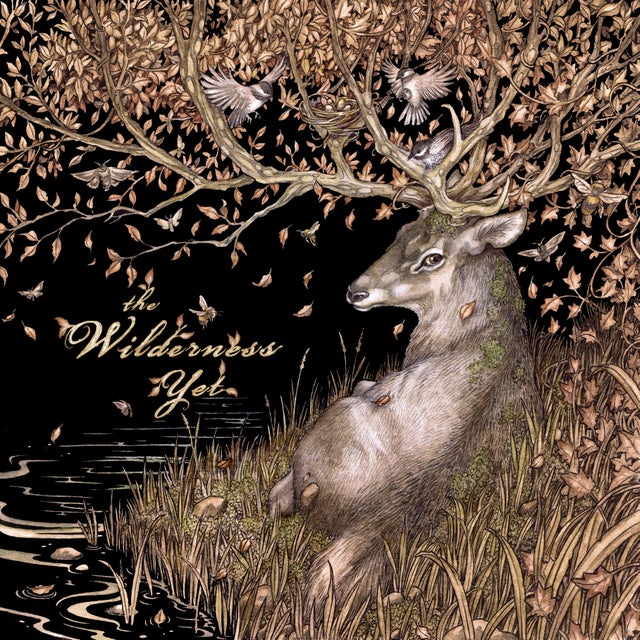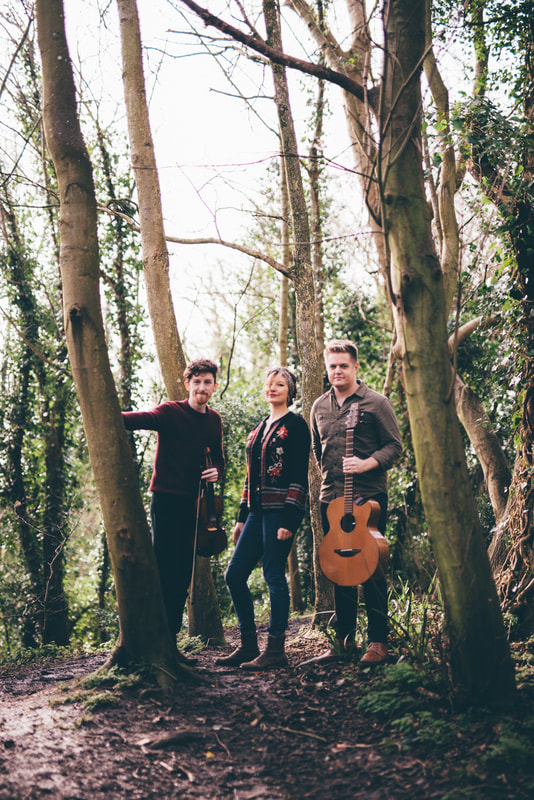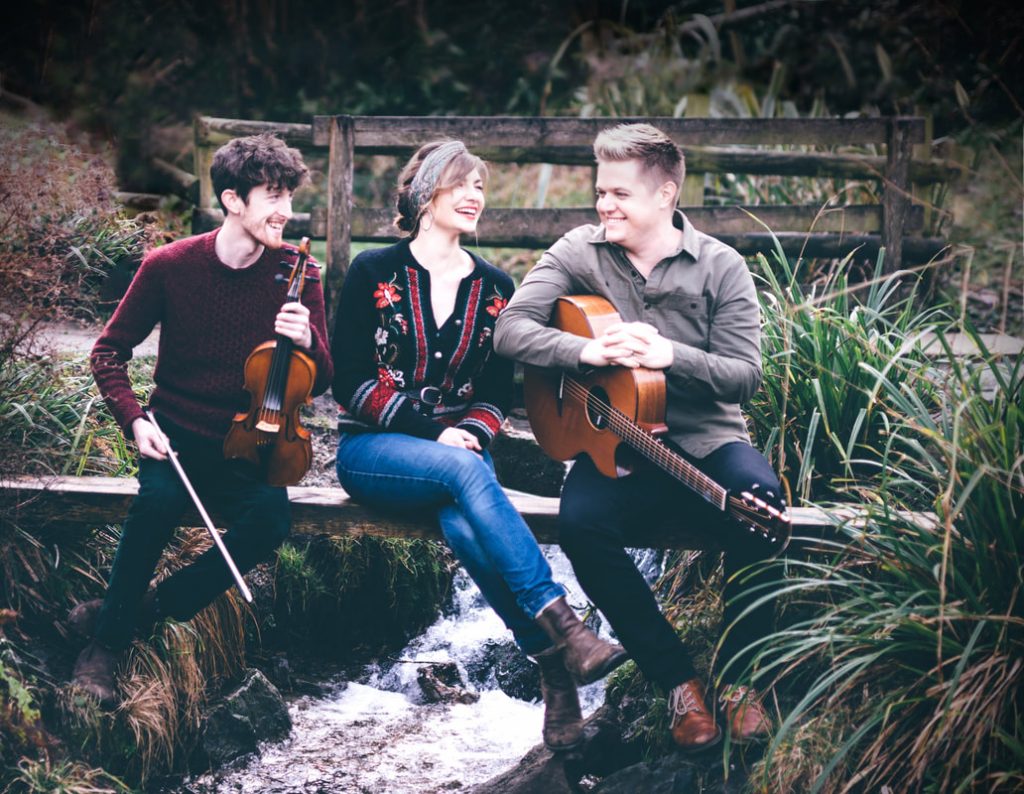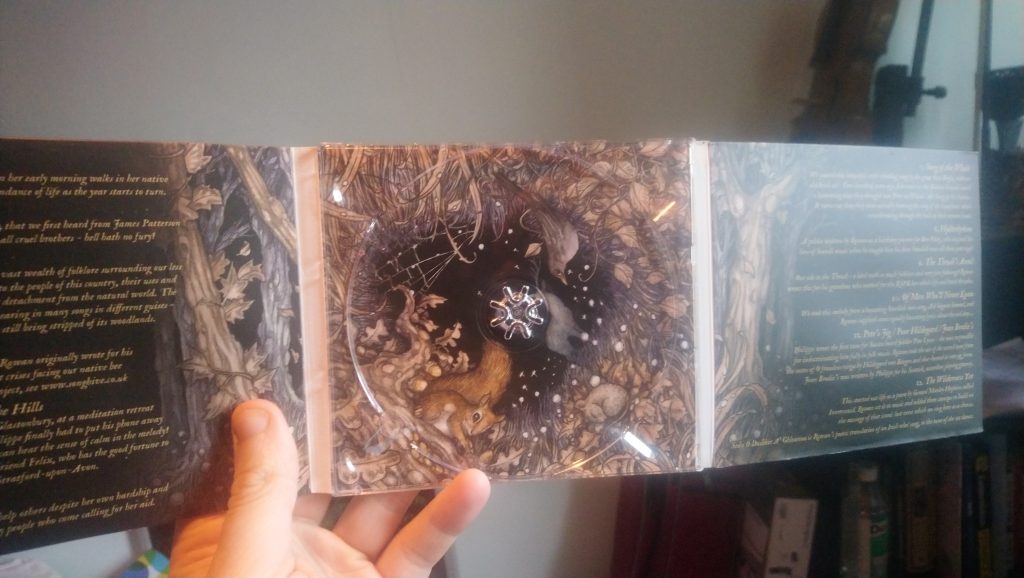Still unique in her magical space between Scotland and Romania, Russo’s glass vocals strike an irresistable balance of mind and nature that encompasses an idiosyncratic, beautiful reflection of self.
Release Date – 4th November 2022
Lizabett Russo returns with “While I sit and Watch This Tree Volume 2”, a continuation of her multiform presentation of consciousness.
Previously we wrote about Lizabett Russo (do go and read here) in her previous volume which we described as, “the art of Scott Maismithi with its sharp, bright colours showing the natural landscape like a musician’s heart and soul in bloom.” Volume 2 does reach these joyful optimistic notes, but the lower, darker tracks are more pronounced like the blacker, denser part of a creme caramel with its chains of musical sugars tangled together. It is an album of balance though. Much like Russo’s other works it is not primarily of one mood, but several taking place on stage, and some even jostling for position within the same song; all taking place within Russo’s love of nature.
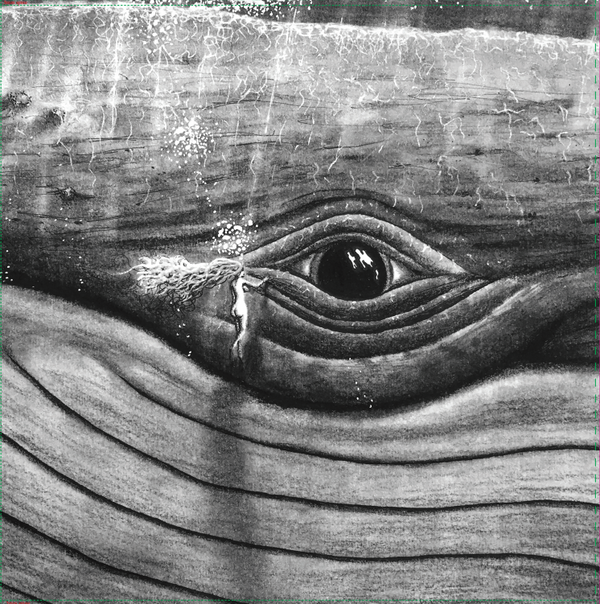
Romanian-born, and Scotland-settled Russo is joined again by Graeme Stephen on guitar, piano and effects, Udo Dermadt on percussion and Oene van Geel on strings. As before, they more than deliver on building and performing what often sounds like Russo’s inner monologue on the themes of identity. The space is filled with experimentation in percussion, a sense of improvisation in the strings and an attitude of exploration through its musical layers. It would not work without the sound recording as it is, but the mix manages to highlight all the areas and musicians’ work here.
Russo’s second track “Lessons” is like a sweeping, deadly spray of liquid nitrogen cooling on to scorching metal, her central emotions pulsing within a metal vessel. The instructive vocals are not unlike an inner voice that reassures the subject, “Even if it broke you, it lifted up your soul”. The voice balms as Russo talks of both a past love and the resenting effort it can be to love. This plays across a background that recognises the positive feelings that are felt in awkward, unfulfilled relationships. This dualism is reflected in the soundscape as a whole with gentle guitar-like strings navigating around electronic strings and samples that are almost shaking themselves away with its own tension in a swelling and tearing of fiercer emotions in this aural mindscape. In the track, “Woman Have you Lost Your Mind?”, we get a more ethereal tale of Russo’s head trying to calm her heart on her decision to move so far from home.. Similarly cerebral, it is overall much warmer in tone, more comforting and ruminating, “people are flowers they do come back in the springtime”. It is almost a song of self-care. Both songs are different parts of the mind talking to itself; Russo examines the world of her inner picture like a mechanic doing a Rorschach test from the collected rivulets of motor oil on her workbench.
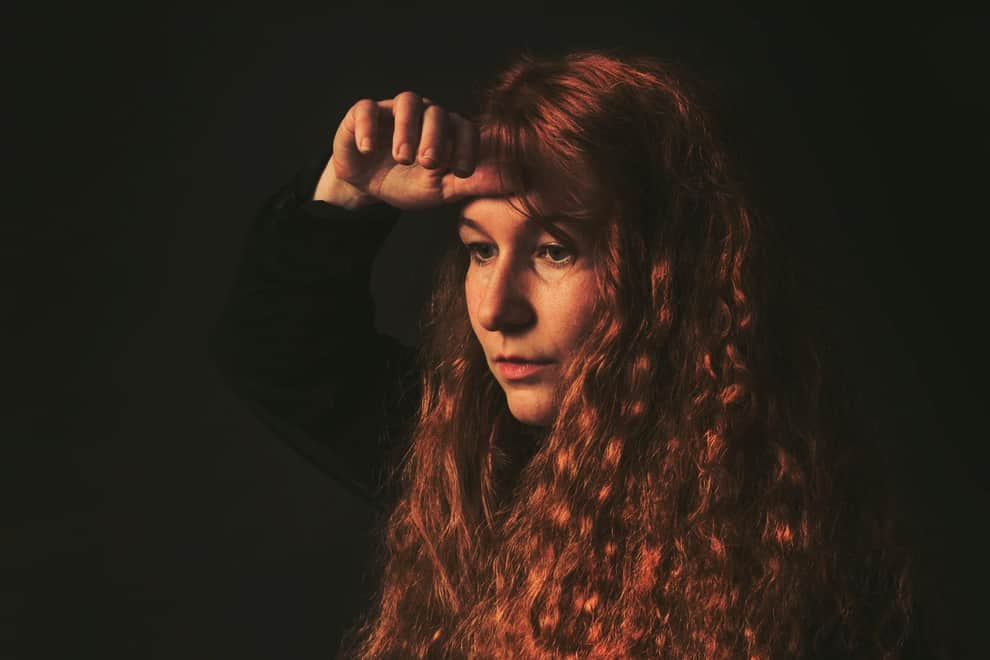
Track 5 “What Grows Inside Dark Souls” lays a path of thudding, nearing danger that is dark and ambient. Russos deep instructive vocals are cut with thoughts, words, possibly curses as the electronic samples both tingle and throb. The whole soundscape is how we would imagine Blade Runner’s Vangelis and how the soundtrack would be on the edges of Los Angeles where undisturbed forest clashes with technology. As all the tracks here the elements leap together in this excellent thought experiment. The way it combines invokes questions of the source of evil, and how old superstition and spiritual beliefs can be encouraged, accelerated and formed by technology. Like a technological chorus you hear flashes of nature coming through, it is a powerful, sense-blasting song.
Whilst the album, as the ones before, occupy a beautiful not-fully known space of jazz, world and folk; Russo as has previously shown, makes a full leap into trad folk for a track or two (The Water is Wide on the last album), and here it is for House Carpenter (Child 243). We have heard a lot of Russo’s work and would never expect her to take off her shoes and walk for an album of traditional British Folk, her power is definitely her explorations in consciousness and inner monologue, unfettered by expected convention. Saying that, her treatment of House Carpenter, for us at least, is nothing short of stellar. Russo’s vocal range lowers to better fit, but the jewel of her personal experience and learning can be clearly seen in how this song is tackled. Beautifully melodic, vocally interesting and reassuringly atmospheric, Russo’s voice along with backing harmonies bring the sense of tragedy that is needed. It all fits as well in an album that contains the questioning decisions that a person makes, much like the subject of the song about leaving her child.
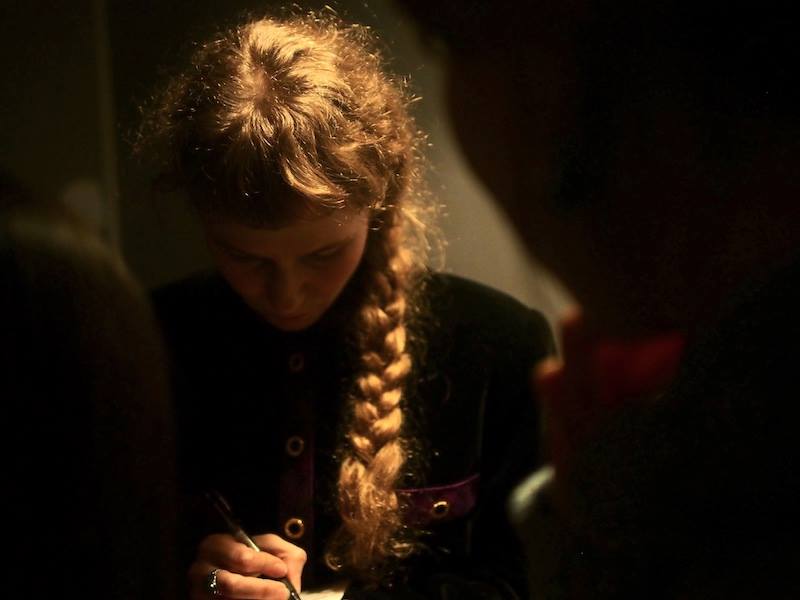
“Hora Unirii” is an expression of Russo’s deeper roots. The 1856 poem by Vasile Alecsandri (with music being composed by Alexandru Flechtenmacher) is especially sung as and unofficial anthem of Romania. Much like Televiziunea Română, who used it to sign off during their network during 1985 to 1989, Russo likewise signs off on her new album. Originally sung, as you would expect, in that rousing Masculine open-heart manner, Russo instead emphasises the fragile, quietness of love for her birth Country, She does this with a simple, emotive performance over the gentle sways of a music box. It seems to show a love which continues as the key is wound, a beautiful, personal kind that is deep in the heart and must continue to be tended to throughout life.
“While I sit and Watch This Tree Volume 2” is an enthralling, cerebral work that explores Russo’s journey in a semi-autobiographical way. The songs parade across genres, unified by an inner questioning that hints of regret be it for some major decision previously made (as in House Carpenter), a call to her homeland (Hora Unirii), or over some kind of relationship (Lessons). It might be just that Russo is reflecting on her life in a bare, honest fashion and laid it down carefully on this album. With the clever, original work we got, this is no bad thing.
If you would like to purchase the new album, the best place is from the artist direct here.
Lizabett Russo is also on tour (at time of writing), check out her site to see her live! (here).


